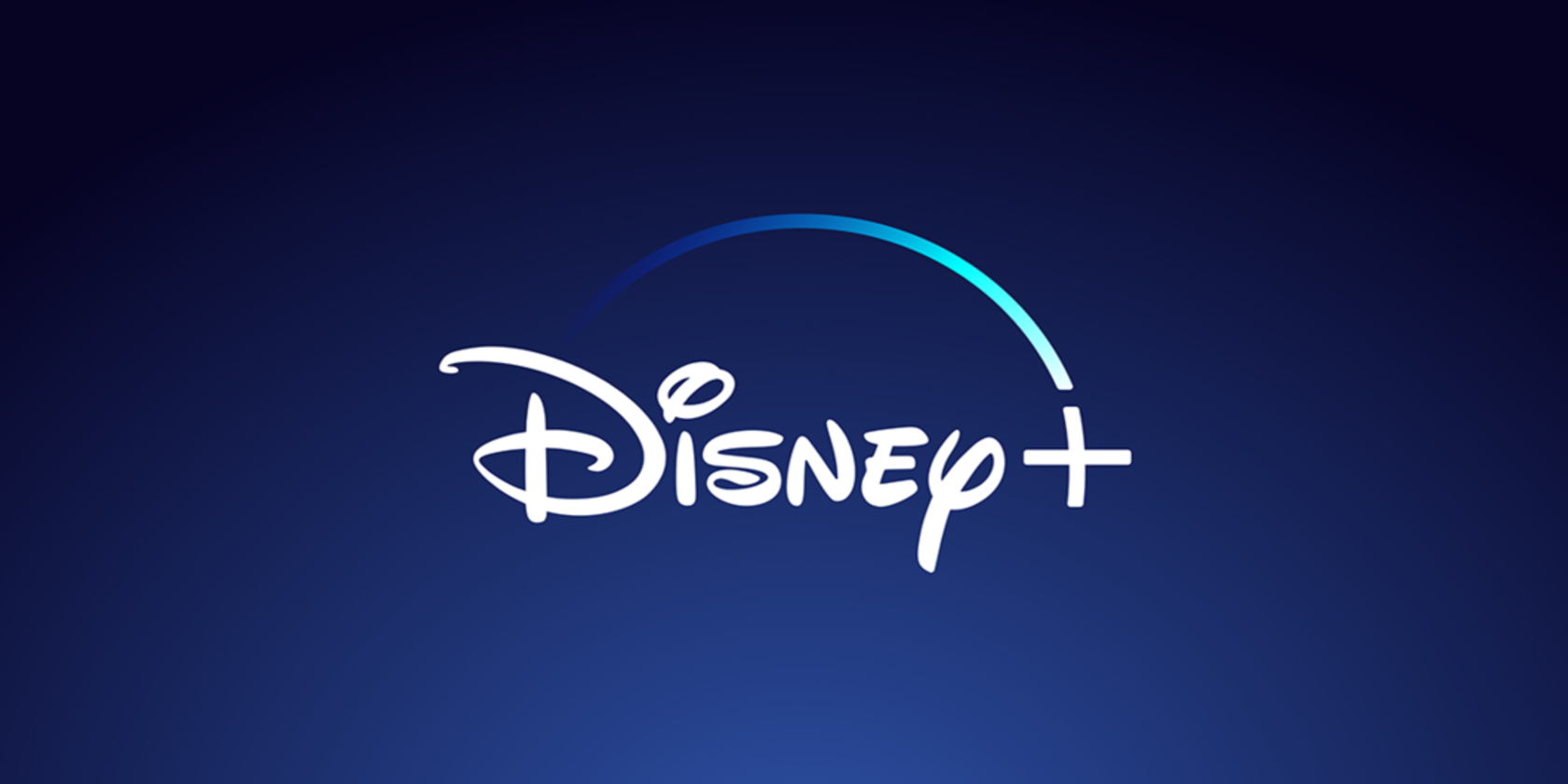Disney owns almost everything in Hollywood, and for generations, it has been responsible for engineering some of the most memorable moments in mainstream pop culture.
To strengthen its dominance in the entertainment industry, in 2019, Disney entered the streaming game. Fast forward a few years, and Disney+ now has over 90 million subscribers, and that number is rapidly growing.
So, has it made enough profit to produce more Disney Originals? How does Disney+ make money?
Disney’s arrival to the video streaming services industry in 2019 can be considered a late one. Netflix launched its on-demand video streaming in 2007, whereas Hulu launched its service to the US public in 2008. That said, 60 percent of Hulu was acquired by Disney in 2019, and Disney+ is now one of the mainstream on-demand platforms that people subscribe to.
Much like the music streaming industry, on-demand video streaming services are quickly taking up more screen time on televisions at home to the extent that it is actually putting immense strain on broadband networks.
In Europe, Disney+, Netflix, YouTube, and a host of other platforms had to agree to reduce the streaming quality of films and videos for a period after being told by the EU that their services are overwhelming ISPs in the region.
Despite bandwidth issues, demand for media streaming isn’t going anywhere anytime soon. It is estimated that the global market for on-demand streaming will reach $108 billion in five years. The US generates the highest revenue, and Disney+ is expected to remain one of the market’s main players.
Disney+’s Subscription Plans
Disney+ currently has two subscription plans: a monthly plan for $6.99 per month for full access to thousands of TV series and movies on the platform and an annual plan that costs $69.99 per year. With the subscriptions, you are also able to download your favorite shows to watch anywhere, anytime.
For international users in Europe, Canada, Australia, and New Zealand, Disney+ is also launching a new service on in late February 2021 called Star, where thousands of new Disney Originals, TV series, blockbuster films from 21st Century Fox, and domestic titles will be added.
According to its official website, if you already have a Disney+ account, Star will be part of your subscription. However, the inclusion of Star means new price points for international users. If you are located outside the US, learn more about Disney+ Star and what it will bring to your Disney+ account here.
How Does Disney+ Generate Profit?
To find out how much Disney+ has made over the years, we have first to examine its business model.
The Walt Disney Company starts with a significant advantage compared to its competitors. First, it owns some of the most iconic Hollywood movie franchises: Star Wars, Marvel, animated films by Pixar Studios, and its very own classic titles such as Frozen, The Lion King, and High School Musical.
Next, Disney’s strategy is to capitalize on the above content to keep viewers hooked. Its continuation of Star Wars and the Marvel Cinematic Universe are excellent examples of this. Hit titles on the platform, The Mandalorian and WandaVision are spin-offs of both franchises, and WandaVision, at its peak, was the most-watched series in the world.
Making Money With Originals: Disney+ Versus Netflix
Here is where Disney’s money-making model differs from Netflix’s.
In the past couple of years, Netflix has sought to emphasize quantity and make its originals shorter in terms of episode length. In 2019, Netflix put out more originals than the entire US TV industry did in 2005, which was considered as the era of peak television. In 2020 alone, Netflix churned out over 110 originals.
The product of this strategy is short-term gains.
Think about some of its most successful titles for the past year or so: The Tiger King, The Queen’s Gambit, Bridgerton—these series took turns breaking Netflix’s viewing records thanks to their viral appeal on social media.
But it is also precisely because of their virality that the buzz they generated was short-lived, at least on social media. One meme referencing The Queen’s Gambit is quickly replaced by another from Bridgerton.
Clearly, Disney+ is playing the long game, and as of now, it is working. Since its inception, Disney+ has invested over $500 million in its originals, and Disney is about to pump in $8-9 billion for more. Although its profits fell by a jaw-dropping 45 percent in its first year, Disney+ as a whole is still expected to turn over a profit in four to five years.
Disney+’s Licensing Wars
Although competition between these streaming giants is very real, did you know that Disney actually has a licensing agreement with Netflix?
Before Disney+ was launched, the company licensed many of its movies and TV series to Netflix. According to reports, the existing contract between Disney and Netflix stipulates that every film released by Disney from January 2016 to December 2018 will return to Netflix in 2026. When they do, they should not appear on Disney+.
This means that box office hits including Zootopia, Coco, live-action Beauty And The Beast, Black Panther, and Avengers: Infinity War will eventually be going back to Netflix after spending some time on Disney+. This will certainly affect Disney+’s financial performance in the near future, but that does not mean that Disney cannot get around it.
In early 2020, Disney+ announced that it would start licensing its originals to pay-TV and streaming operators in the Middle East and North Africa. This means a new stream of income for the platform. Disney has also banned all Netflix advertisements from all of its TV channels, except ESPN.
It doesn’t help that more and more people are canceling their Netflix subscriptions either. Why? Find out more about the Cancel Netflix movement here.
Aside from Netflix, Disney+ has also licensed much of its content to Starz, a premium cable and satellite TV network. However, in pursuing the rights to get back Star Wars: The Force Awakens, both parties have reached an agreement whereby Disney+ will start showing ads for Starz to promote the company.
The Future For Disney+
For now, it may seem that Disney+ is still trailing behind its competitors, but its current business model and statistics illustrate promising prospects. Analysts agree: at the rate that its subscriber growth is going, it is projected that Disney+ will surpass Netflix in the number of subscribers by 2023.
Licensing out movies is not entirely a bad thing for Disney either in terms of money. Originals are expensive to produce, and revenue from licensing deals helps fund its upcoming series, making money for the platform. In all, Disney+’s business model is one huge sustainable cycle, and if it’s not making a handsome profit now, it will very soon.
Image Credit: The Walt Disney Company
About The Author

